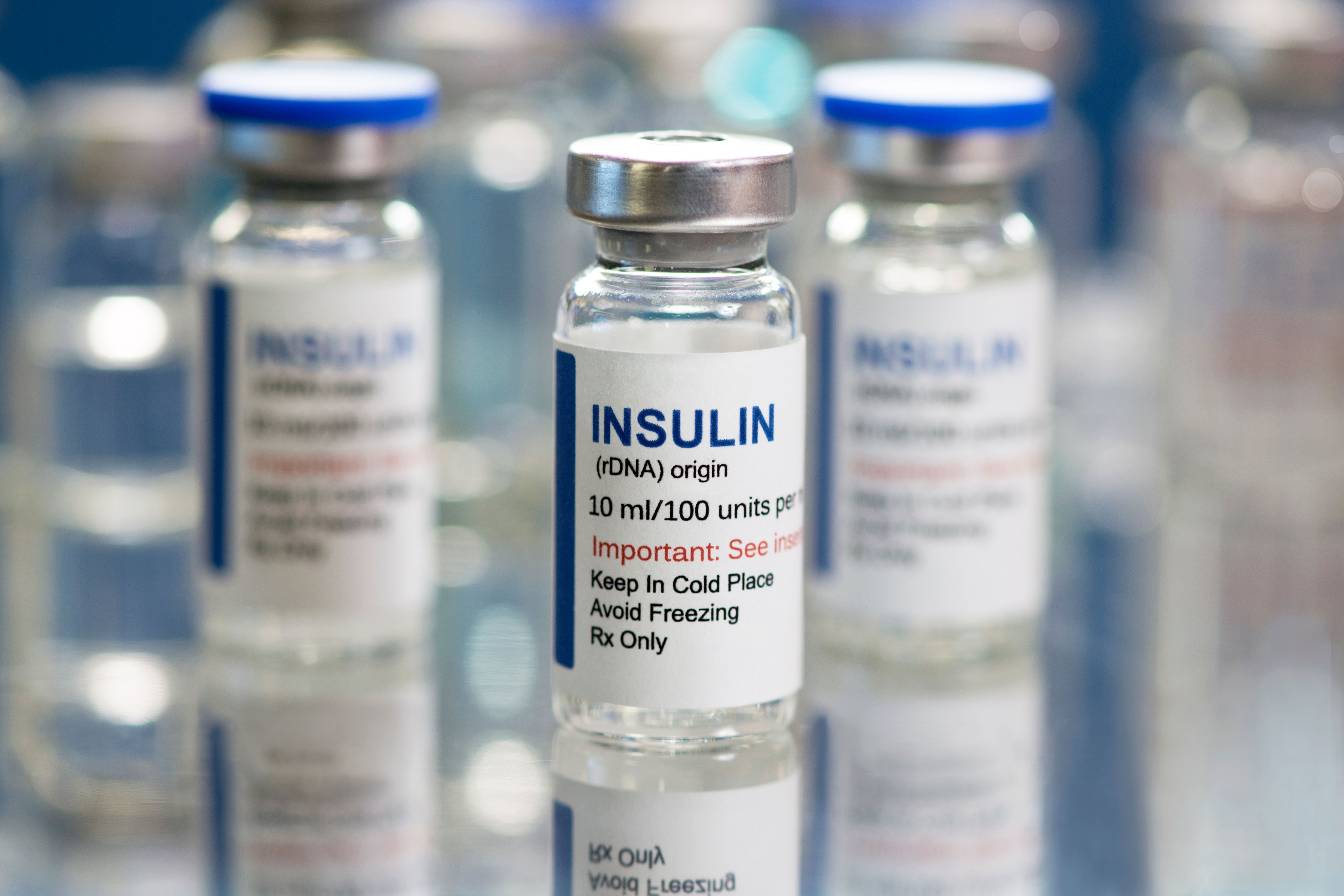Video
NAHPC Biosimilar Uptake Action Step 4
The fourth NAHPC action step to educate and engage employees about the value of biosimilars is discussed.
Transcript
Mohannad Kusti, MD, MPH: The last and final step of the action brief that the National Alliance of Healthcare Purchaser Coalitions put out to promote biosimilar uptake is educating all employees about the value of biosimilars. We want to make sure that the employees and patients understand what biosimilars are, the value of having them, how are they going to improve access, as well as assure continuity of treatment for employers. We also have to make sure to address all the misnomers that these are not the cheaper medications and therefore, they’re not going to be as effective as the biologics or the originators. They’re also not the generic of that originator. This could be done through several venues. It could be done through the employers themselves, it could be done through the PBM [pharmacy benefit manager], or it could be done through the health plan. There are a lot of resources out there to help with that education, and employers can simply tap into those resources through employers’ coalitions, through the PBM, and through the pharmacy benefit consultant. For some employers, they’re reaching out to the manufacturer themselves and obtaining these educational materials, so that they can provide it to their members.
Engaging employees to look at biosimilars as a therapeutic option has been well received by patients. There are some who would come back and say, “I’ve been using this medication for the past 10 years, why would I change now?” But in general, I believe that with enough education and explanation to them, it is positively received, especially when you start talking about the cost, the continuity of care and the continued access to medication, the impact of having a lower cost medication versus a higher cost medication. And how these costs will eventually trickle down to the employees themselves as the burden increases on employers and the health plans, depending on whether they’re self-insured or commercially insured. These costs will eventually hit the patient and their out-of-pocket cost, and I believe that once that is made clear to the patient and the employees, the acceptance of the patient going to their doctor and asking them to do a switch, or the acceptance of them not even starting on a biologic but trying out or starting with the biosimilar first, could be something that they would be engaging with their doctors about.
Obviously, the tracking of biosimilar uptake is a very important part of this whole process. It is easily done for employers by requesting the information from the PBMs. That historically has been the most direct way of doing it. You can also request it from the pharmacy benefit consultant, if you have a pharmacy benefit consultant, to have that information for you and to let you know the uptake of biosimilars over the current year versus a previous year as well as in the upcoming years. A third option is to do an audit. You can look at your plan and the specialty pharmacy cost and get a full evaluation. There are a lot of vendors that can come in and do that for you, and they will tell you where there are potential opportunities for you in addition to your current status.
Starting a biosimilar program process is still challenging here in the United States, and that’s what I’ve seen. Not a lot of plans have these biosimilars covered. I read an article that looked at 17 different plans, and of the 17, only 7 of them were covering biosimilars. There’s definitely a lot of groundwork that needs to be done to make sure that these are first and foremost available for utilization, before we can even go to the point where we see how the uptake and the utilization is. It is a step process, and we’re still in that very initial, infancy stage compared to Europe and the rest of the world.









